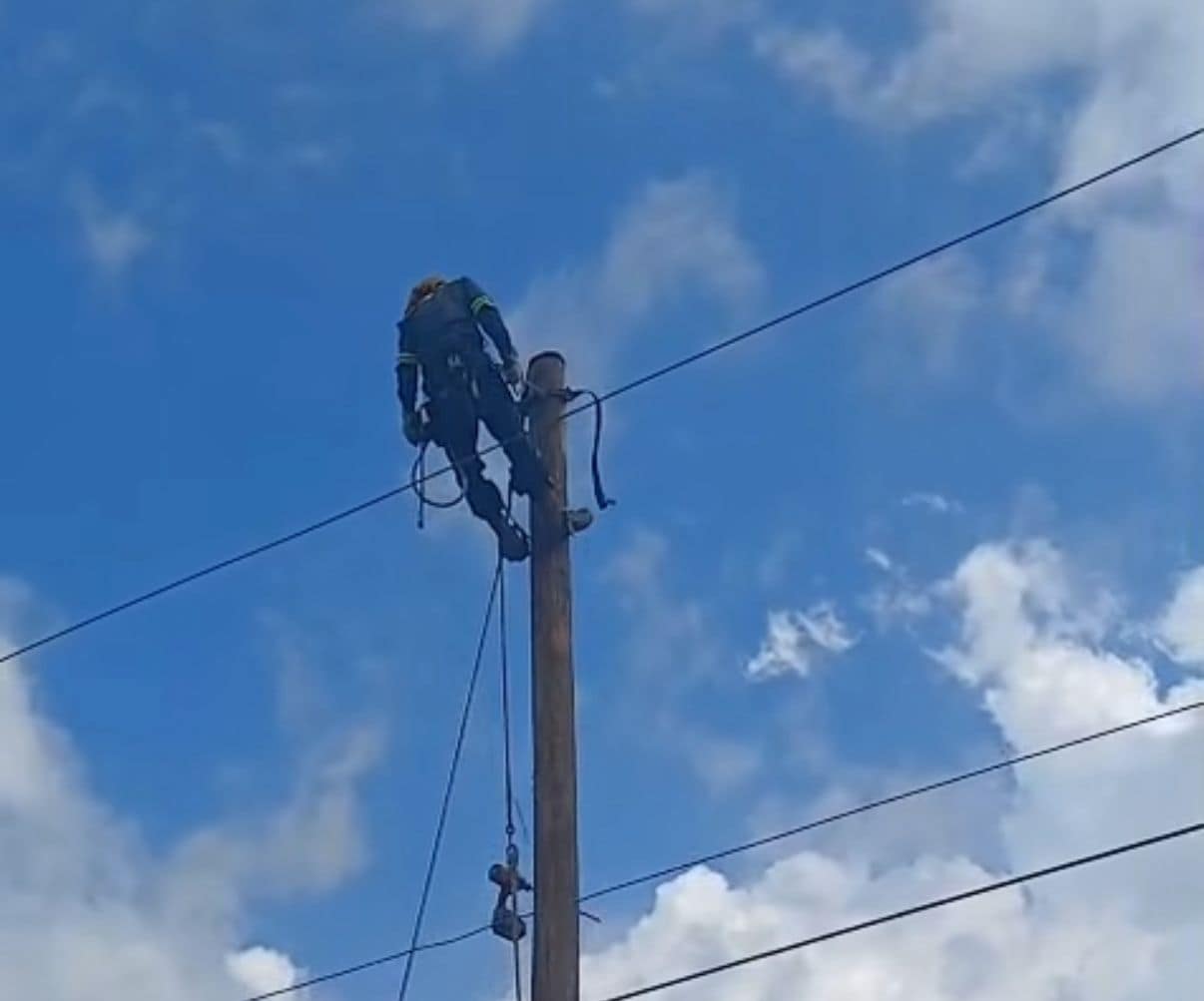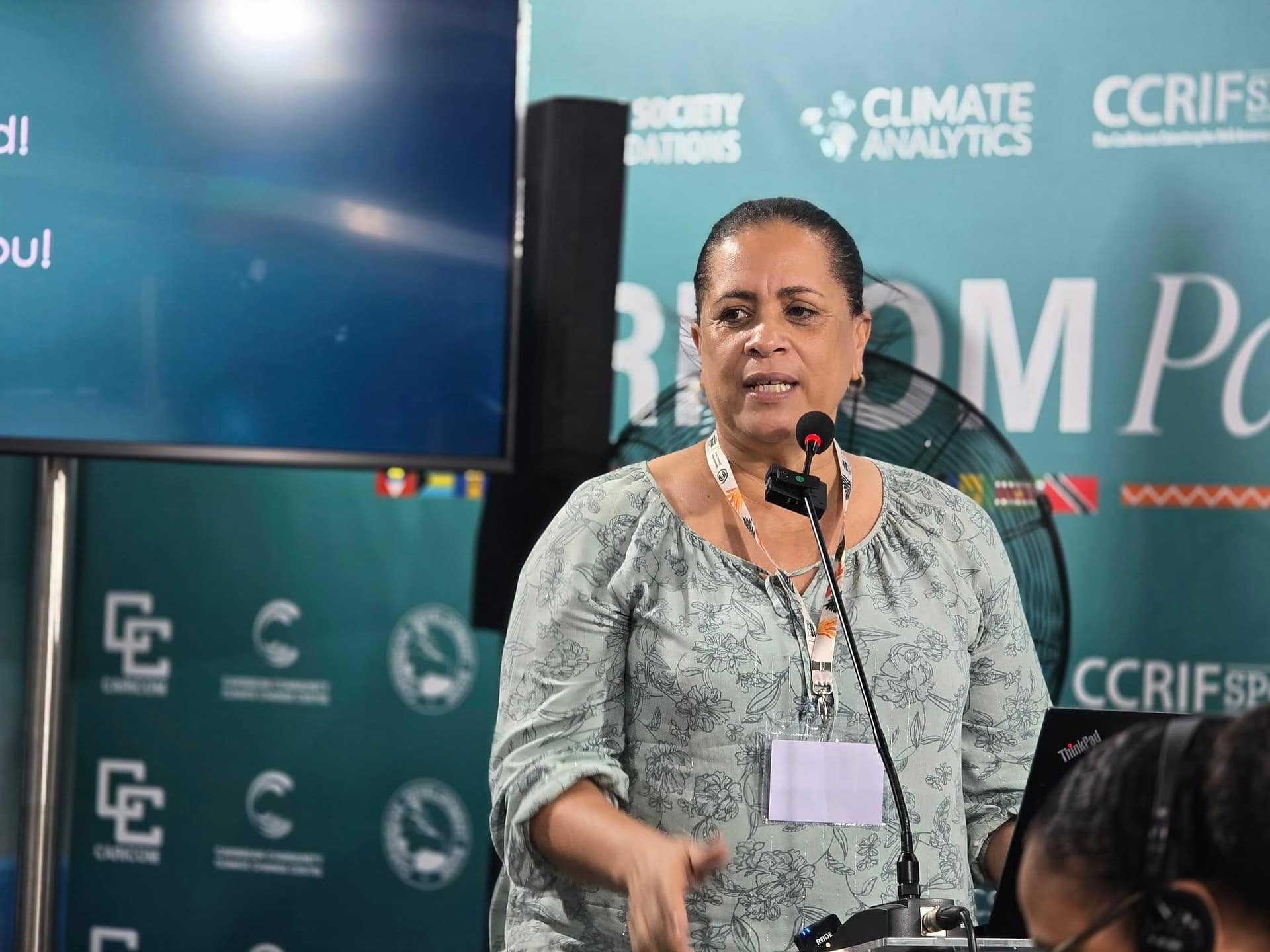The USS Gerald R Ford, the world’s largest military aircraft carrier, has arrived in the southern Caribbean Sea as part of a significant U.S. military build-up in the region. The deployment, led by the Gerald R Ford Carrier Strike Group (CSG), marks the largest military presence in the Caribbean in decades. While the U.S. government has framed the operation as a mission to combat narco-trafficking and dismantle transnational criminal organizations, it has also intensified pressure on Venezuelan President Nicolas Maduro, whom Washington views as an illegitimate leader facilitating illicit trade. The arrival of the CSG was confirmed in a November 16 statement, emphasizing its role in supporting the U.S. Southern Command’s (SOUTHCOM) efforts to counter narco-terrorism and protect the Homeland. Admiral Alvin Holsey, SOUTHCOM commander, highlighted the group’s readiness to address transnational threats destabilizing the region. The CSG will join forces already stationed in the Caribbean, including the Iwo Jima Amphibious Ready Group and the 22nd Marine Expeditionary Unit, as part of Joint Task Force Southern Spear. Rear Admiral Paul Lanzilotta, commander of Carrier Strike Group 12, described the USS Gerald R Ford as the most capable and lethal platform globally, deployed to safeguard national security and prosperity. The fleet’s presence coincides with the 22nd Marine Expeditionary Unit’s second visit to Trinidad and Tobago (TT) for joint training with the TT Defence Force (TTDF) from November 16 to 21. While TT’s Foreign Minister Sean Sobers defended the collaboration as essential for combating illegal drugs and weapons, Venezuelan President Maduro condemned the military exercises, warning they threaten regional peace. Maduro has accused the U.S. of seeking to overthrow him and called for public protests against the drills. This deployment follows the 22nd MEU’s first visit in October, which sparked similar condemnation from Caracas, leading to halted petrochemical deals with TT and the labeling of TT’s Prime Minister Kamla Persad-Bissessar as persona non grata.
分类: world
-
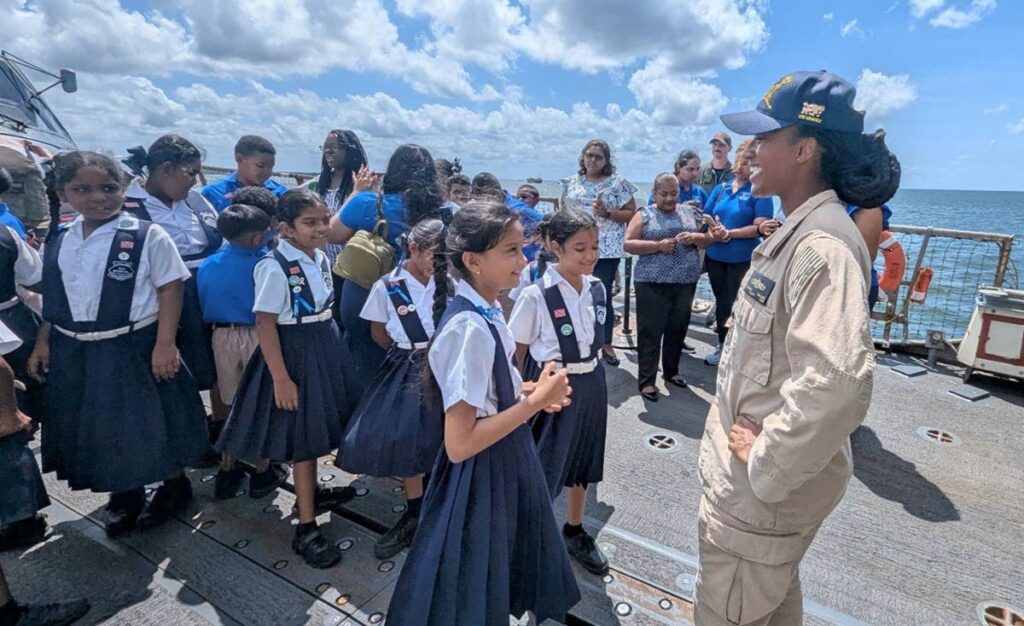
US Embassy: US Military ties run deep in Trinidad and Tobago
As US military personnel arrived in Trinidad and Tobago (TT) for a week-long training mission with the TT Defence Force (TTDF), concerns over escalating tensions with neighboring Venezuela have surfaced. The US Embassy, however, has sought to allay fears, emphasizing the longstanding security cooperation between the US and TT, which it claims benefits both nations and the broader region. This marks the second visit by the 22nd Marine Expeditionary Unit (MEU), deployed in the Caribbean since late August to combat suspected narco-trafficking. Their previous visit in October saw the USS Gravely, a guided missile destroyer, dock in Port of Spain, sparking accusations from Venezuela of provocation and collusion with US intelligence agencies. Foreign Minister Sean Sobers announced the return of the 22nd MEU for exercises in urban and rural settings, including nighttime helicopter operations. The rapid succession of US military activities in the region, coupled with recent airstrikes targeting drug smugglers, has raised eyebrows. While Washington frames its presence as a counter-narcotics effort, Venezuela’s President Nicolas Maduro views it as a threat. US President Donald Trump has hinted at further actions against Venezuela, though specifics remain undisclosed. TT’s government, led by Prime Minister Kamla Persad-Bissessar, has expressed strong support for US military actions, citing the country’s vulnerability to illegal drug and weapons trade from Venezuela. The US Embassy highlighted recent collaborations, including infrastructure upgrades and donations to a local school, as well as joint training exercises aimed at enhancing regional security. These efforts, the embassy asserts, underscore the enduring partnership between the US and TT, rooted in shared values and mutual defense goals.
-
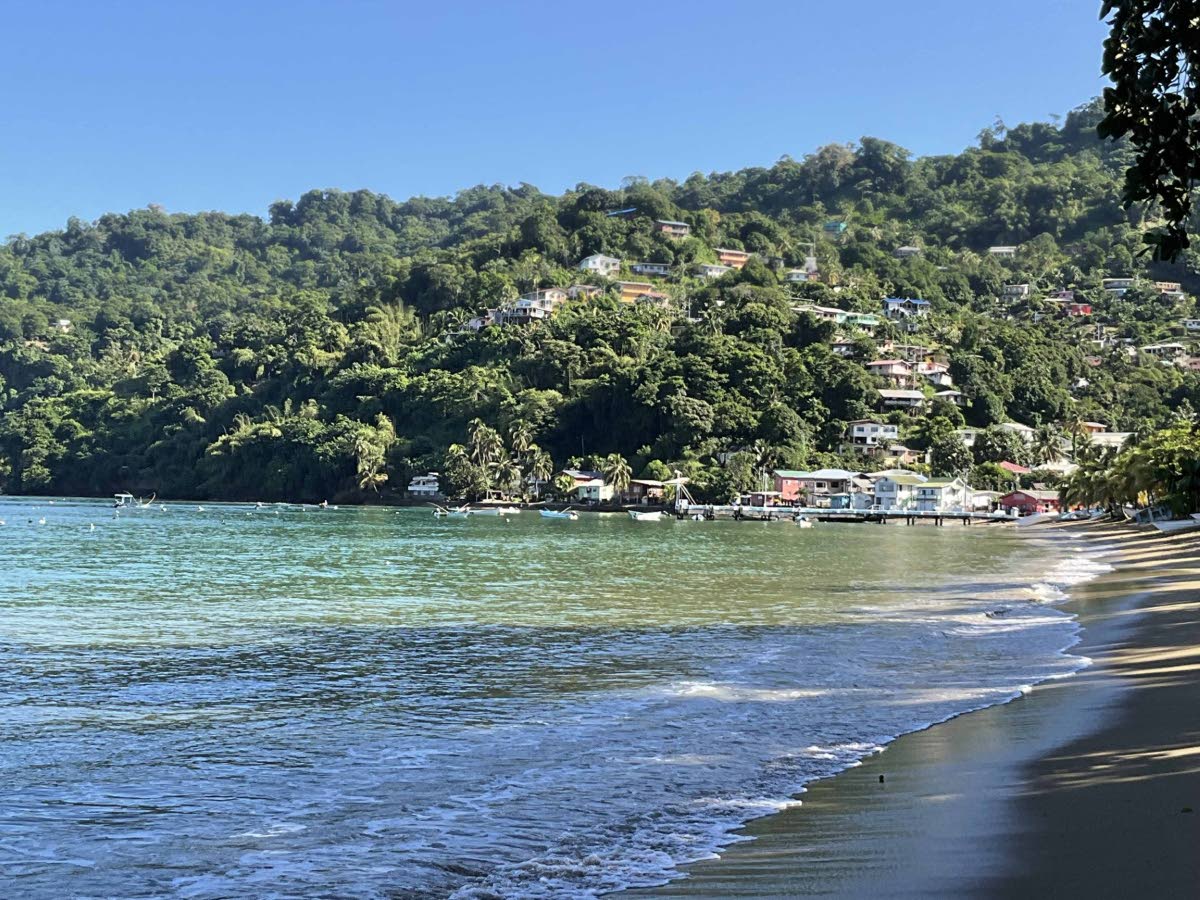
Post-treaty tensions in Tobago
The Treaty of Paris in 1763 marked a significant moment for British control over Tobago, yet the aftermath was far from peaceful. The British administration faced immediate challenges, as France, though subdued at the negotiation table, harbored intentions to reclaim the island. Recognizing the precariousness of their position, the British prioritized security, understanding that their survival hinged on robust defenses. Their initial strategy involved increasing the British landowning population to bolster loyalty and defense against potential French incursions. However, this plan faltered, as the number of resident British landowners remained insufficient. The administration also established a militia to counter external threats, including French privateers and pirates, as well as internal resistance from the growing enslaved population. Despite these efforts, the island’s vulnerability persisted, particularly due to its numerous bays, which served as entry points for slavers and hideouts for pirates. The British sought to enhance security by appointing military ranks to defend the bays, but this proved inadequate given the limited human resources. Simultaneously, the administration focused on land division, creating plantations but neglecting essential infrastructure like roads. This oversight was later addressed through the imposition of a land tax and the enlistment of enslaved laborers for road construction. The ambitious plan aimed to connect the island’s parishes and improve communication, but progress was slow and hampered by resistance from enslaved Africans and the limited availability of qualified white men. Ultimately, the British administration’s inability to fortify Tobago’s defenses and establish effective communication networks left the island vulnerable. In 1781, France capitalized on these weaknesses, recapturing Tobago and dealing a significant blow to the British planting community.
-

Security : «The GSF is dangerously underfunded» says Marco Rubio
During a regional security briefing in Canada on January 12, 2025, U.S. Secretary of State Marco Rubio highlighted the critical underfunding of the Kenyan-led security mission in Haiti. The mission, authorized by the United Nations Security Council Resolution 2793 on September 30, 2025, has deployed only 1,000 officers out of the required 5,500. Rubio emphasized the urgent need for increased financial and military support from the international community, stating that Kenya cannot manage the escalating violence in Haiti alone. The U.S. has funded the initial phase of the mission but called on other nations to contribute to the remaining months and provide additional personnel. Rubio described the situation as a ‘hemispheric crisis’ requiring shared responsibility, urging countries in the Caribbean and Latin America to step up. He also noted the establishment of a new United Nations Support Office and logistical structures managed by the Organization of American States (OAS), but stressed that the mission is now hindered by a significant funding gap. Rubio reiterated that the U.S. is in daily contact with potential troop-contributing countries and expressed gratitude for Kenya’s leadership while calling for greater regional participation to prevent Haiti from further descending into crisis.
-
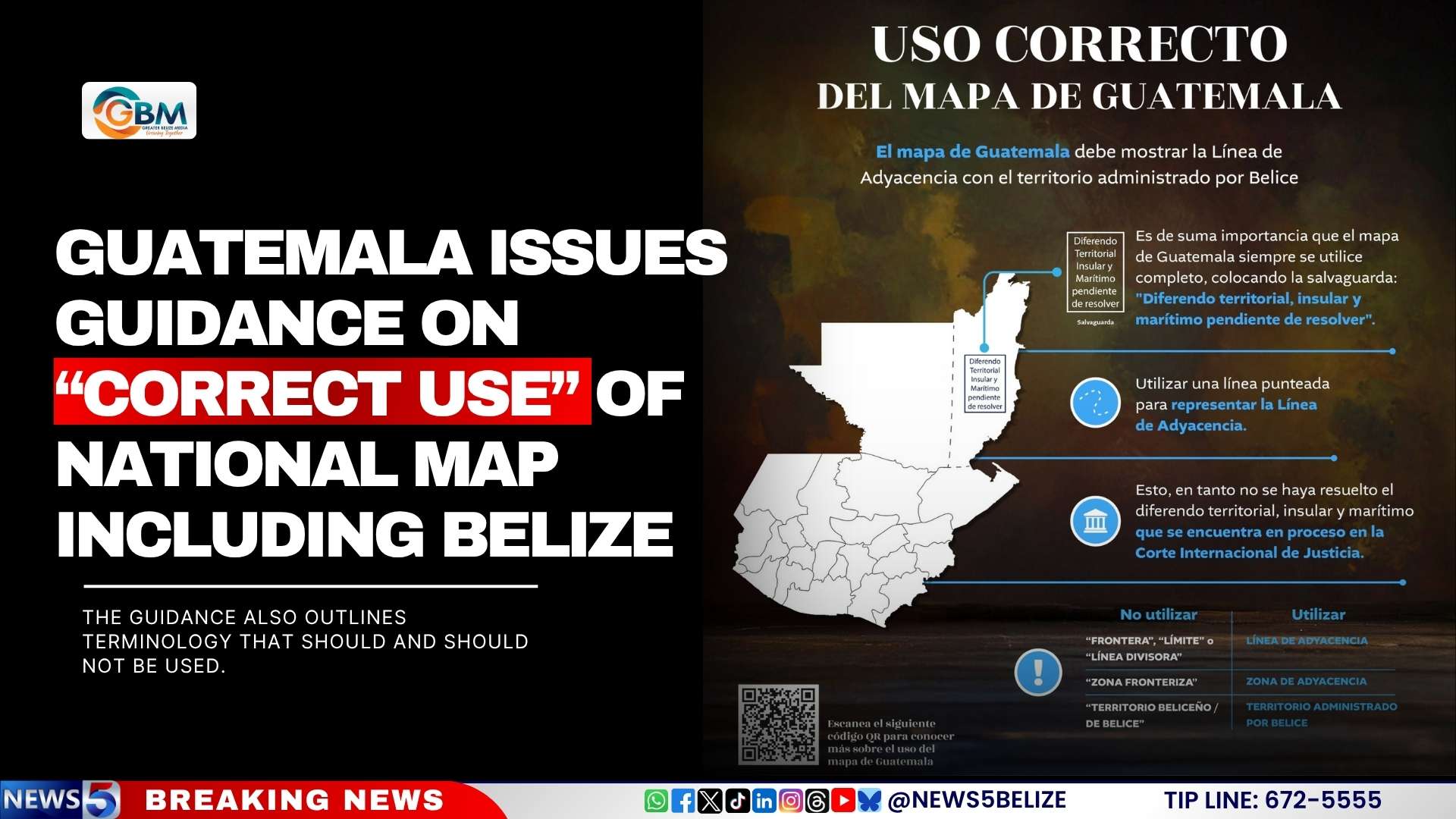
Guatemala Issues Guidance on “Correct Use” of National Map Including Belize
In a significant move addressing a long-standing territorial dispute, Guatemala’s Ministry of Foreign Affairs has issued official guidelines on the ‘correct use’ of the national map, particularly in relation to Belize. The guidelines emphasize the representation of the Adjacency Line, which separates Guatemala from the territory currently administered by Belize, while the dispute remains unresolved at the International Court of Justice (ICJ).
The ministry mandates that all official maps must include the Adjacency Line, represented by a dotted line, accompanied by a safeguard note stating: ‘Diferendo territorial, insular y marítimo pendiente de resolver’ (‘Territorial, insular, and maritime dispute pending resolution’). This measure underscores the ongoing nature of the dispute and the need for accurate representation.
Furthermore, the guidelines specify the terminology to be used, prohibiting terms such as ‘border,’ ‘limit,’ ‘dividing line,’ ‘border zone,’ and ‘Belizean territory.’ Instead, the ministry instructs the use of ‘Línea de Adyacencia’ (Adjacency Line), ‘Zona de Adyacencia’ (Adjacency Zone), and ‘territorio administrado por Belice’ (territory administered by Belize). These directives aim to maintain clarity and neutrality in official communications.
The issuance of these guidelines reflects Guatemala’s commitment to formalizing its stance on the territorial dispute while awaiting the ICJ’s resolution. The move is expected to influence public and institutional practices, ensuring consistency in how the national map is portrayed.
-

FLASH : Terrorists killed and wounded, weapons and ammunition seized, PNH helicopter set on fire
On November 14, 2025, a significant police operation unfolded in Haiti’s Cul-de-Sac plain, involving specialized units, armored vehicles, and three troop transport helicopters. The operation, which began on the evening of November 13, led to intense clashes between law enforcement and terrorists, causing widespread panic among the local population. According to Divisional Inspector Garry Desrosiers, spokesperson for the Haitian National Police (PNH), at least seven terrorists were killed, and numerous others were injured. Authorities also confiscated several assault weapons and ammunition, including a high-precision .50 caliber American Barrett sniper rifle, known for its ability to penetrate thick steel plates at long distances. Notably, there were no casualties among the PNH officers. However, a PNH helicopter was destroyed during the operation. The aircraft, which was supporting ground units in the Croix-des-Bouquets area, experienced a suspected mechanical failure, prompting a forced landing. The eight officers on board were safely evacuated, and the helicopter was intentionally set on fire to prevent it from falling into terrorist hands. This operation underscores the ongoing challenges Haiti faces in combating terrorism and maintaining public safety.
-

Grenada extends condolences to India following tragic explosion in Delhi
The Ministry of Foreign Affairs, Trade, and Export Development of Grenada has expressed profound sorrow and heartfelt condolences to the Government and citizens of India in the aftermath of a devastating explosion near the Red Fort in Delhi. This horrific act of violence, which resulted in the loss of innocent lives and left numerous individuals injured, has deeply grieved the people and leadership of Grenada. In a statement, the ministry emphasized its unwavering solidarity with India during this period of national mourning, extending its sympathies to the bereaved families, the injured, and all those impacted by this tragedy. Grenada has joined the global community in vehemently condemning terrorism in all its forms, reaffirming its dedication to peace, security, and the shared values that bind nations together. The ministry expressed confidence in the resilience and strength of the Indian people as they navigate this challenging time. Additionally, the ministry took the opportunity to reiterate its highest regard for the Government of India and the High Commission of India in Grenada.
-
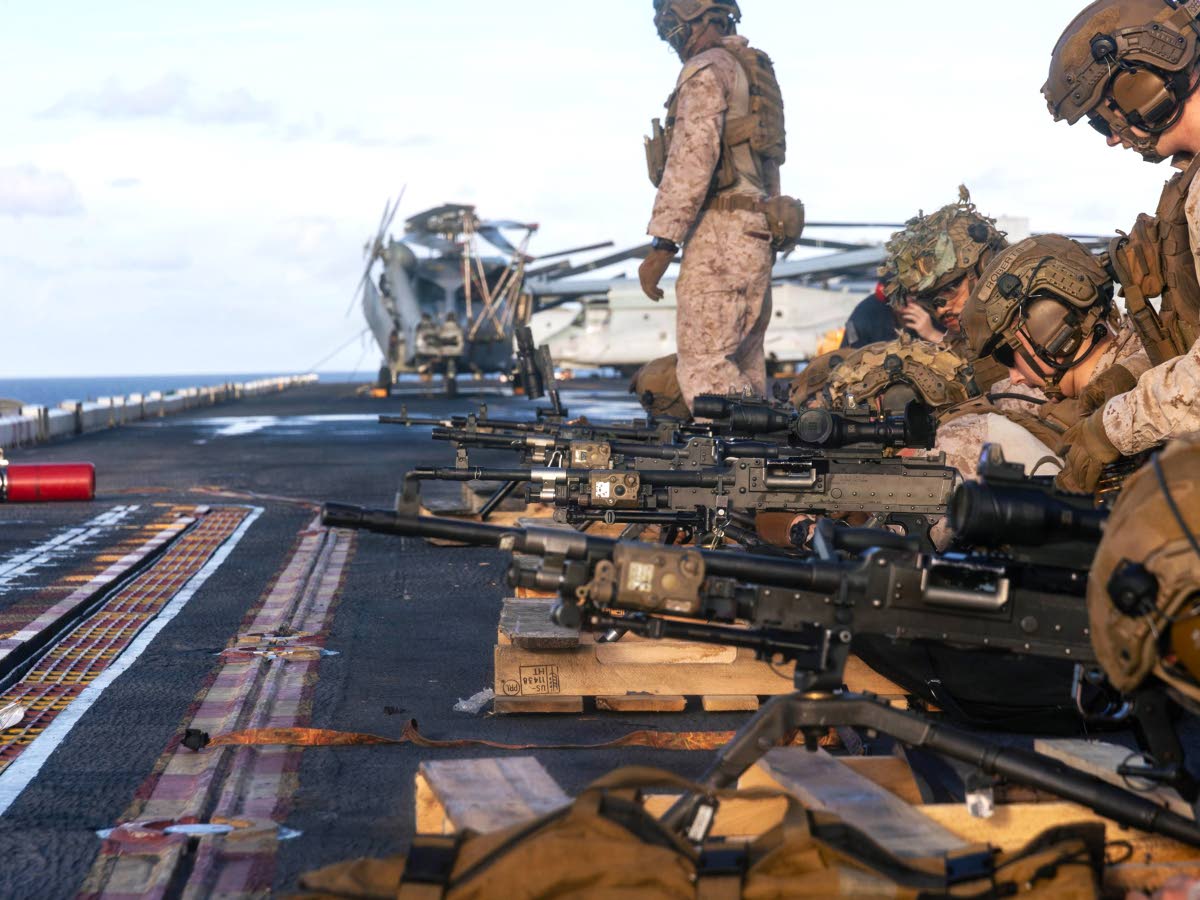
Sobers: US troops to return to Trinidad and Tobago for joint military training
The United States military is set to return to Trinidad and Tobago next week for a joint training exercise with the Trinidad and Tobago Defence Force (TTDF). The 22nd Marine Expeditionary Unit (MEU) will participate in the drills, which are scheduled from November 16 to 21. This marks the second such exercise in just over a month, following a similar engagement in October that saw the USS Gravely dock in Port of Spain. The exercises, which will span both rural and urban environments, aim to enhance military-to-military collaboration, focusing on equipment familiarity, tactical training, and professional development. US military assets, including helicopters, will be utilized during the operations, which are planned primarily for dusk and nighttime. Foreign and Caricom Affairs Minister Sean Sobers emphasized the importance of these exercises, stating, ‘Steel sharpens steel,’ and highlighting their role in strengthening the TTDF’s capacity to combat illegal drugs and weapons. However, the exercises have drawn criticism from Venezuela, which accused Trinidad of facilitating US military aggression. Venezuelan President Nicolas Maduro has placed his military on high alert and mobilized civilian militias in response. US Embassy Chargé d’Affaires Dr. Jenifer Neidhart de Ortiz defended the exercises, stating they align with US Southern Command’s mission to promote regional stability and counter transnational threats. Meanwhile, former officials and critics have raised concerns about the timing and scale of the exercises, with some suggesting they may be a precursor to broader military actions in the region.

